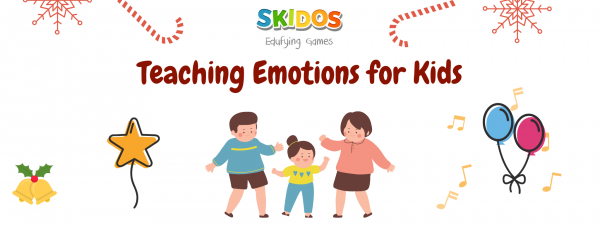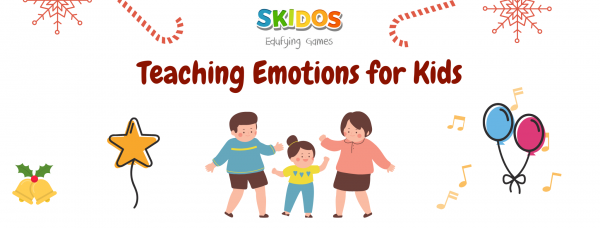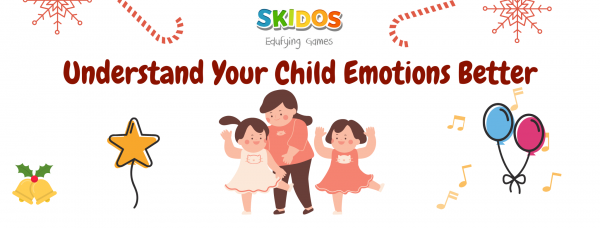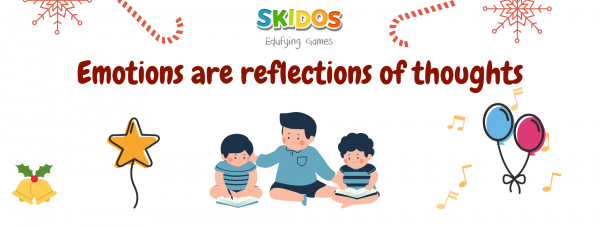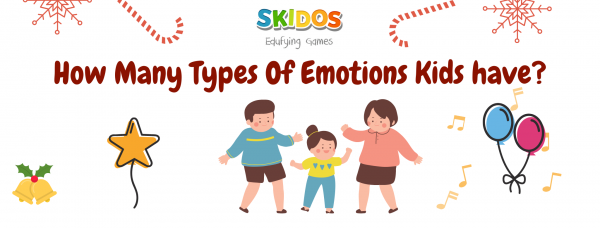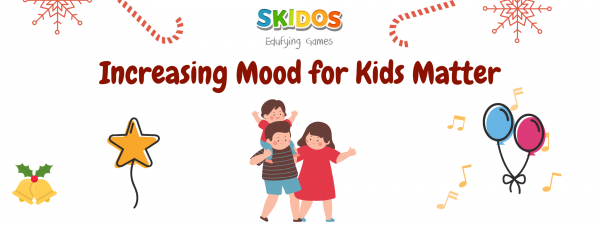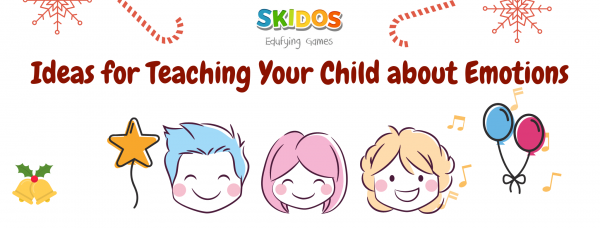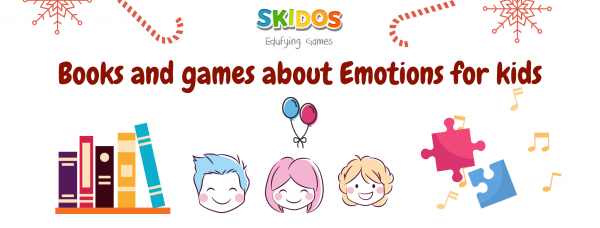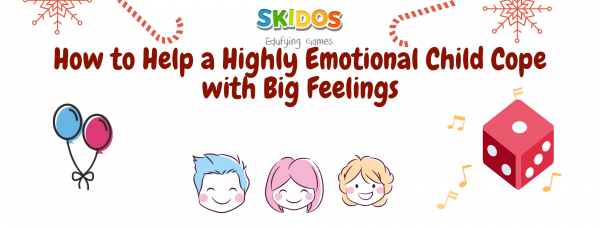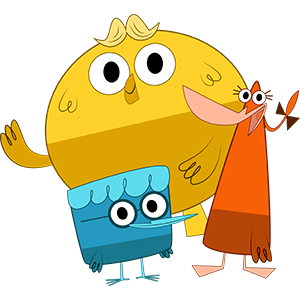6 Ideas for Teaching Your Child about Emotions
Among other ideas for teaching children to understand and respond to their emotions, feelings, parents can:
#1 Create a safe space where the child can have and show emotions
Encourage your child to show emotions as opposed to fixing problems for them just so that they can stop being emotional. If the child is frustrated because their toy car won’t move, don’t help them out. Talk to them about frustrations. You can say something like: “It looks like you are not happy with your toy.
Is it frustrating you?” Depending on their response, go ahead to explain how frustrating life gets when things don’t go as expected. Make them feel proud of their ability to identify how they feel. Once you are on the same page, explain to them how to cope and problem-solve difficult situations; how to get their car moving again.
#2 Help your child relate their feelings to their body language
Some children need to be taught the art of recognizing their body language and labeling their feelings. If your child is angered by your refusal to give in to their demands, for example, make them realize what is happening with their body. Tell them: “baby, you are clenching your fist right now, your face is wrinkled, or you are raising your voice right now because you are angry that I said ‘No’”. Help them see how your “No” is affecting their happiness.
If, on the other hand, the child is happy because someone did something nice to them, say: “You are smiling and jumping because you are happy”. Make it a habit of pointing out and labeling the child’s emotions, as well as the emotions of other people in the child’s life (TV characters included).
#3 Role Playing
Pretend that you got hurt and ask your child to guess what you are feeling by assessing your gestures and facial expressions. Train the child to pay attention to the shape of your mouth, movement of eyes and eyebrows, hand movement, voice intonations, and breathing patterns. The child too can act as you do the guessing. They will get more comfortable with recognizing and expressing emotions the more you play different situations.

